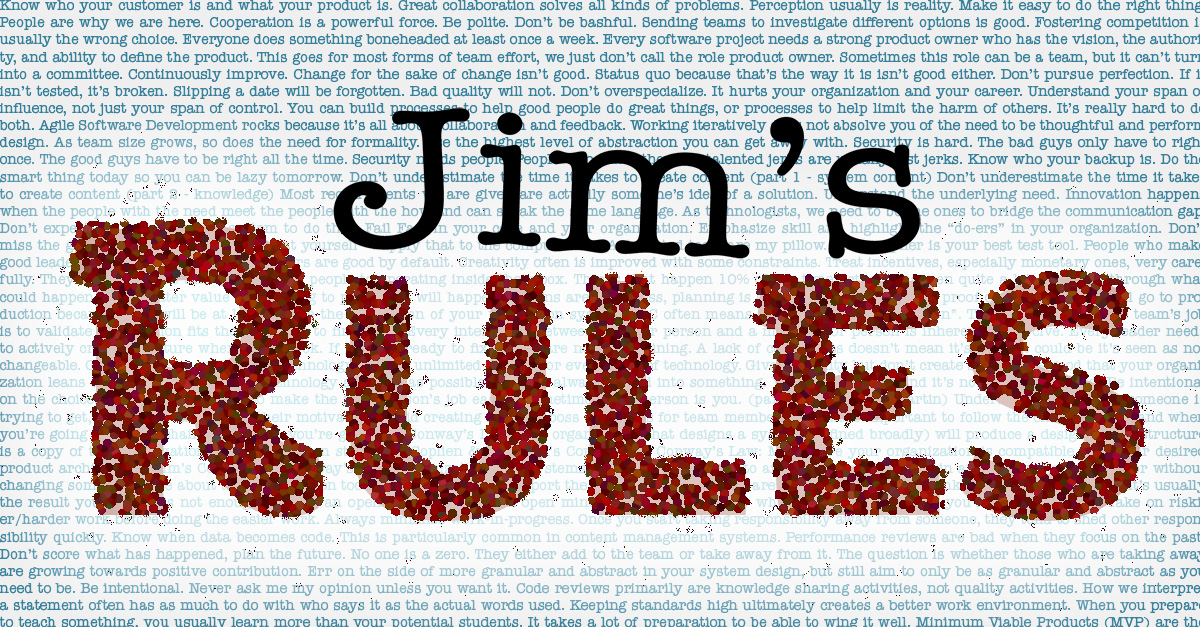What is Art in the Age of AI?

AI is making a lot of people nervous. Sometimes for the right reasons, sometimes for the wrong reasons.
What are some right reasons to be nervous about AI? Being nervous about the ability of self-driving cars to safely handle new situations is valid since lives are at stake. Wondering if advancing AI tech will make the rich richer and the poor poorer is also something worth pondering. Will AI-generated deepfakes destroy society? Maybe it sounds alarmist, but it is also a question worth asking. Is facial recognition a tool for good or evil? There are good uses, but do we know how to use facial recognition properly?
I will not tell you how I answer those questions in this post. I’m focusing instead on a question I think should not cause anyone to worry about anything and why some of the responses to the question are harmful. It is a philosophical question: Are AI-generated images actually art?
Short answer: Yes, maybe.
Warning: There’s art tied to the 1950’s US civil rights movement that includes a racial slur in this post.
AI can be a tool in art. Adobe PhotoShop already includes AI driven resolution enhancement, content detection, and more. I doubt anyone other than those who think digital isn’t an art medium would complain about using AI to resize an image from 100x100 pixels to 200x200. The deeper controversy emerges when AI models are used to generate an image or text from some prompt, usually text. For example, I generated the image below using the Stable Diffusion Model on NightCafe. Here is the prompt I used:
An office window with a view of Chicago. photorealism. 64 megapixels. DSLR. Flickr
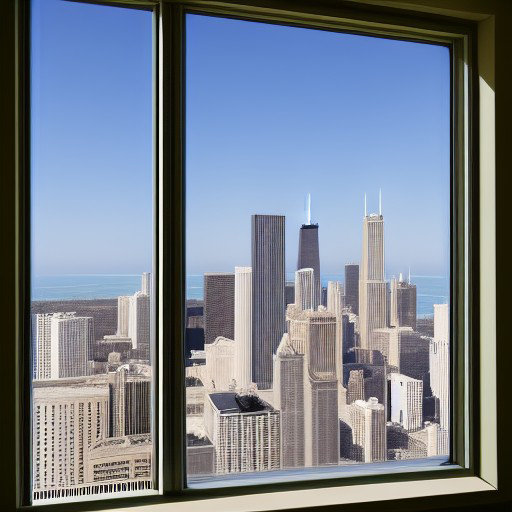
Generating images with AI
To oversimplify, image-generating AIs are created by pointing some fancy math and computer code at thousands of images and their descriptions. Then you stand back as it creates a soup of numbers which sort of map the words from the description to the image itself. Think of those numbers as a set of probabilities that map a group of inputs (think of these as words) to some given output (pixels). If you would like to learn more, you can start reading about neural networks and Generative Adversarial Networks(GAN) on Wikipedia.
If you would like to play around with generating images using AI, head over to Hugging Face, NightCafe, or OpenAI. These websites, and others, have AI models all wrapped up in a web form for you to start using right away. If you want to work on your own computer, are feeling more adventurous, have a pretty good graphics processor in your computer, and are willing to work with Python tools, then you can install Stable Diffusion from GitHub.
After a month or so of getting familiar with NightCafe, I could reliably generate images like these:

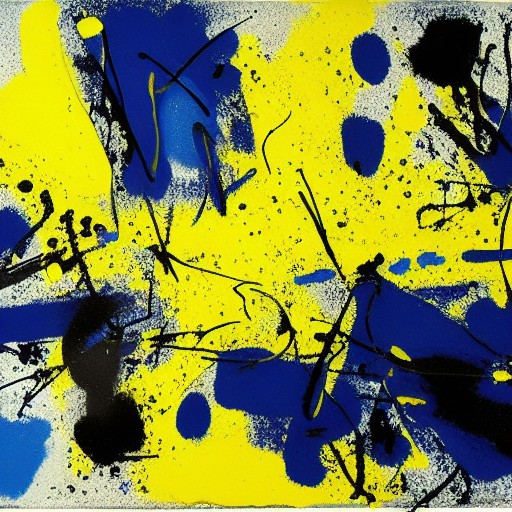
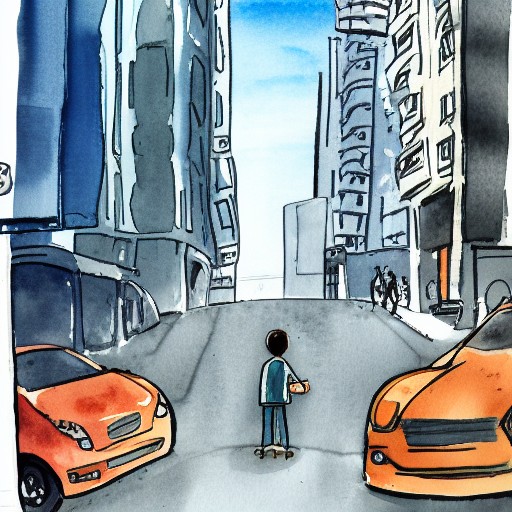

You can also use a starting image to help guide the AI. Below is one of my examples. I started out with a photo of myself (first image below) and generated the second image.
You can clearly see the lineage in the gray background, the blue shirt, and the parted hair. The big ears, big nose, and shape of the eyebrows even can be traced back to the original image. The resulting image is totally different though. I don’t think anyone would confuse that with me!
I created the second image by choosing the Stable Diffusion model on NightCafe, feeding it the first image, and giving it the text prompt watercolor storybook illustration. I told it to generate four images, but this was the only one that I think is really usable. The others were very different, but you could still see how the original image influenced the outcome.
Using a carefully created starting image is one of the ways people are channeling creativity into AI image generation. Sometimes quite a bit of composition and other work may go into both the original image and the final image. Some artists I follow may spend weeks tinkering with a single image. Now that I look more closely at “Headshot” I see ways that editing my original photo may have created an even better outcome. NightCafe will even let you keep a portion of the original image intact. Imagine using this technique to change backgrounds, etc.
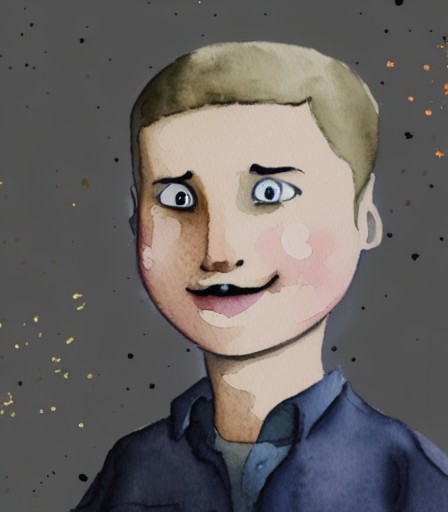
In a prior run on NightCafe, I generated “High School Photo” with the same base image and text prompt. The only difference was that I used a different seed number. That seed number is a way to kick off the random number generator that ensures the same results aren’t given every time. Think of it as telling the AI model to start in Poughkeepsie instead of Albuquerque. That will make it take different twists and turns in the road during the image generation process. In this case, it seemed to have discovered my inner, awkward 13 year old self, with a background that looks like the lame portrait studio shots you see in yearbooks. The original image is still there though. Same pose, blue shirt, brownish hair with a side part, and so on.
And if you’re every curious about how Picasso would have painted me as a cyborg, we can use a different text prompt. The text prompt this time: A cyborg. Pablo Picasso with the same starting photo. In the resulting image, we see the same basic pose and blue shirt, but it diverges from there into something that looks very much like a Picasso. Win? Loss? Cheating? I don’t know. It’s just something I created with some help.
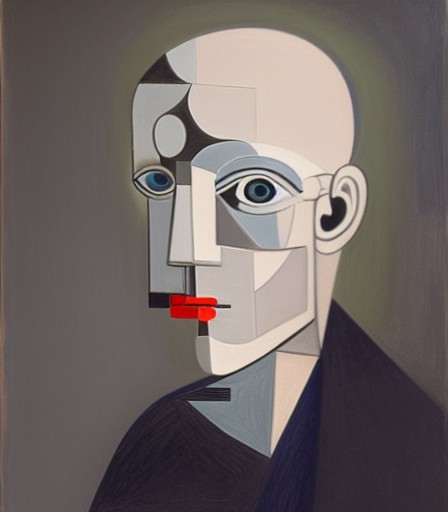
But is it art?
“I don’t like it,” is a perfectly valid expression of personal taste. We are free to not like things for aesthetic or taste reasons. It’s when a person insists that they get to set an arbitrary standard that problems arise. I don’t insist that you like Oreos dipped in salsa con queso (preferably Tostitos brand for the full experience, TYVM). If you think that combination of flavors weird, that’s ok. If you hide all the salsa con queso when there are Oreos around because you can’t fathom why I’d like such a thing, then I will think you’re the bad guy.
Virtually every art movement has started off with the art establishment hating the new movement. Often, this has come with claims of the new trend not being art or not requiring skill. The debate around photography’s artistic merits still swirls.
The realists were called scandalous at first.

The impressionists were derided for creating mere sketches at first.
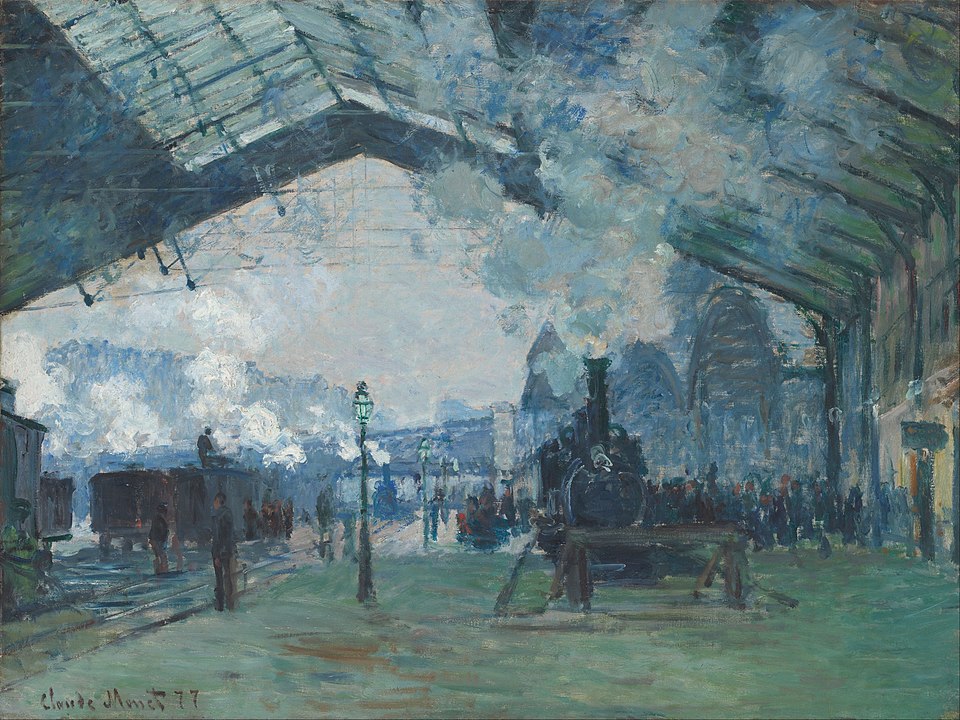
The abstract expressionists were reviled for lack of intellectual capacity and skill.
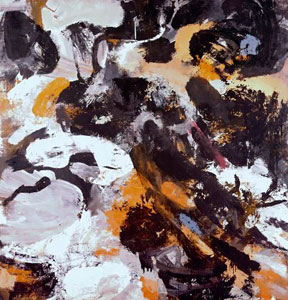
Pop artists and illustrators continue to be dismissed for not being serious artists1.

And of course we had the predictable push back against anything done on a computer. It must be cheating if you’re using a computer, right?
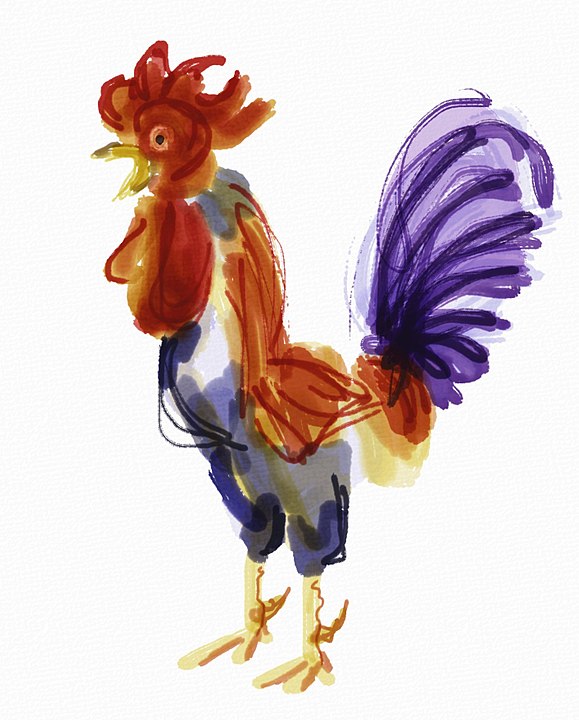
So, there is no legitimate aesthetic argument to make to determine whether something is art. While researching this post, I found Afzal Ibrahim asking the questions, “What is Art? Why is Art Important?” in the more general sense on the site theartist.me. Ibrahim cites a long list of definitions of art and goes over the same ground that so many have gone down before. In the end, Ibrahim concludes:
Art and its definition will always be controversial. There will always be debates about what art is and what is not.
Most articles that I have found which tackle the question in the philosophical sense pretty much come to that same conclusion. Art is expression; sometimes that expression is emotional, sometimes it is imaginative, sometimes it is something else. If someone had a thought that led them to create something then they can call it art. Skill may vary, sure, but creative expression is what matters. Daumier, Monet, Brooks, and Rockwell all used canvas and oil paint, but they each had different things to say to us in different ways. Variety is the spice of life!
I am not bothered by people who don’t think images generated with the help of AI are art. What bothers me is the volume of pure gatekeeping that I’ve seen pop up. There are comments like, “If you can’t draw, you’re not an artist.” That particular nonsensical statement is getting repeated a lot. I wonder what kind of underdrawing Jackson Pollock used?
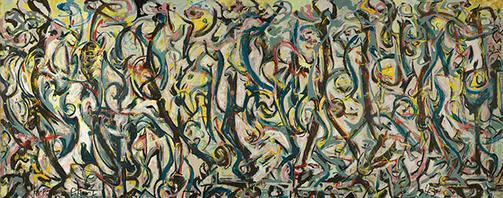
What mattered is that he could express himself the way he wanted to. Gatekeeping shuts down innovation in nearly every field of human endeavor and shuts out people who are different from the establishment(more on that another time). Usually, the reasons cited don’t hold up to even casual scrutiny. If art is creative expression, drawing ability cannot be part of the criteria used to determine whether someone is an artist.
So that leads me to this conclusion about artistic merit of AI-generated images:
Art is not a skill or a club, it is an act of expression. Art implies some level of intention, even if some of the results are accidental or unpredictable. Therefore, AI-generated images can be art, but are not automatically art.
Don’t hide the salsa con queso merely because you can’t fathom combining it with Oreos.
-
Yes that’s the N word in the Rockwell painting. For more info on this painting, see The Kennedy Center article. I included it to show just how serious art can be. ↩
